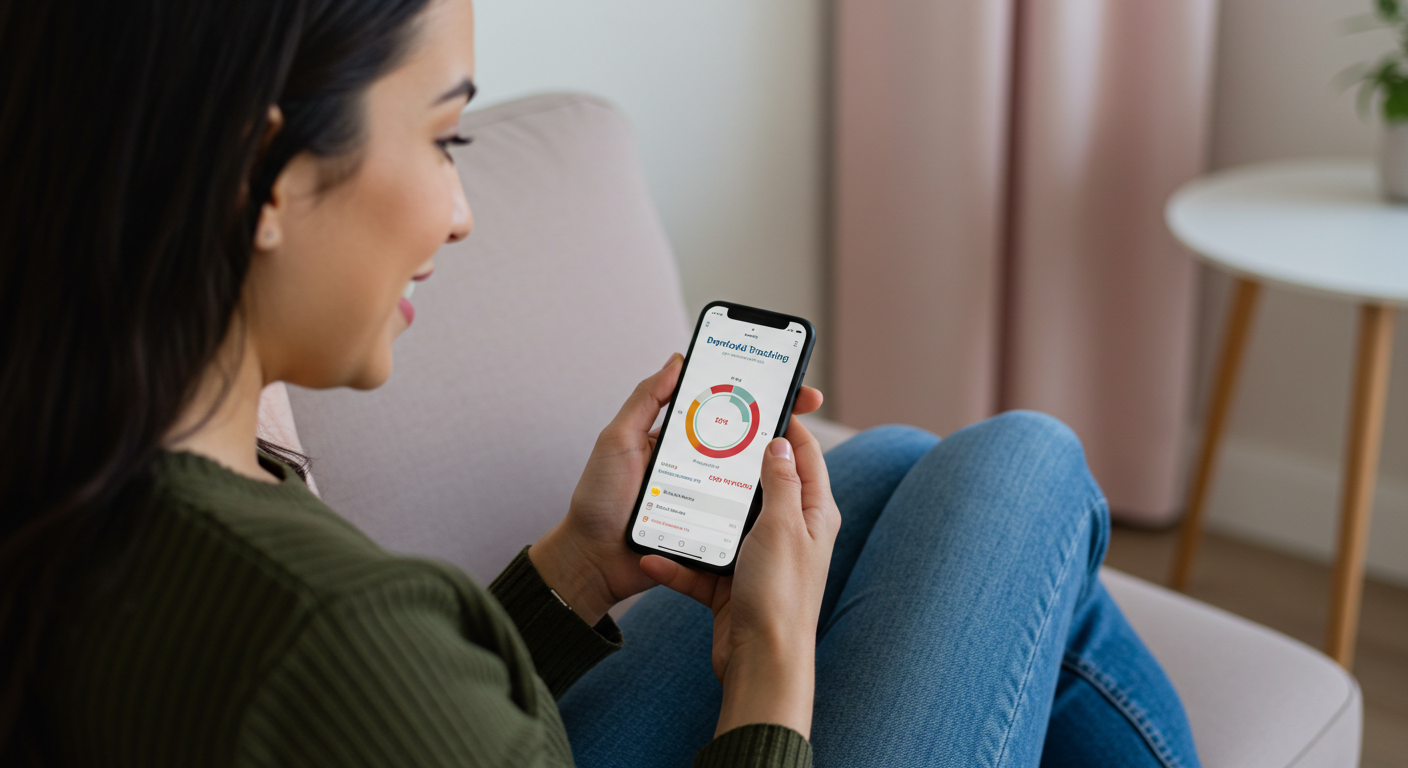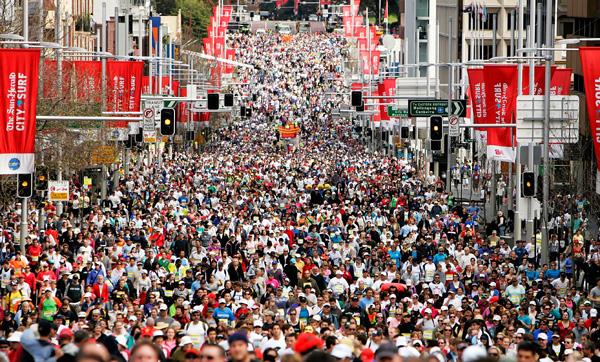Our menstrual cycle can effect our eating habits.
From the follicular phase to the luteal stage for glowing skin, better moods, and more energy, there is a lot going on every month.
Understanding how our menstrual cycle and hormonal changes influence appetite, energy levels, and cravings can help us eat in alignment with each phase of our menstrual cycle. This can also help better mood, clearer skin, and more consistent energy.
The menstrual cycle is made up of four main phases: menstrual, follicular, ovulation, and luteal. Each stage brings distinct hormonal shifts that impact digestion, metabolism, and even food preferences.
According to experts at The London Clinic of Nutrition, cycle syncing one’s diet can reduce symptoms such as bloating, fatigue, and mood swings, while enhancing overall wellbeing.

Menstrual Phase (Days 1–5)
What Happens:
At the beginning of the cycle, estrogen and progesterone levels are at their lowest. This hormonal dip can lead to fatigue, increased sensitivity, water retention, and cramping. It is possible to experience bloating due to water retention.
What to Eat:
- Iron-rich foods such as spinach, lentils, red meat, and eggs are important for replenishing nutrients lost through menstrual bleeding.
- Warm, grounding meals like soups, broths, and stews may support comfort and reduce inflammation.
- Magnesium-rich options including bananas, avocado, pumpkin seeds, and leafy greens may ease cramps and promote muscle relaxation.
- Herbal teas like ginger or chamomile can support hydration and digestive balance.
Pro tip: During this time, lighter movement such as yoga, walking, or gentle stretching is often more appropriate than high-intensity workouts.
Follicular Phase (Days 6–14)
What Happens:
Following menstruation, estrogen levels begin to rise again, leading to improved mood, higher energy, and increased cognitive function. Digestion tends to be stronger, and lighter meals often feel more appropriate.
What to Eat:
- Fresh and vibrant foods like salads, raw vegetables, berries, and fermented items (e.g., sauerkraut, kefir) help support gut health and digestion.
- Lean proteins and complex carbohydrates—such as sweet potatoes, legumes, and quinoa—provide sustained energy.
- Zinc-rich ingredients like pumpkin seeds and chickpeas support follicle development and skin health.
Pro tip: The follicular phase is often the best time to try new recipes, increase productivity, or plan creative tasks.
Ovulation Phase (Around Day 14)
What Happens:
Ovulation marks the peak of estrogen. Many individuals feel more confident, social, and physically strong. The body is generally more efficient at building muscle during this stage, and libido may increase.
What to Eat:
- Antioxidant-dense foods like kale, blueberries, citrus fruits, and bell peppers help manage oxidative stress and support detoxification.
- Foods high in zinc and vitamin B6, such as turkey, sunflower seeds, and eggs, help balance hormones after ovulation.
- Hydration is essential; consuming water-rich foods like cucumbers, watermelon, and celery helps manage estrogen-related water retention.

Pro tip: The ovulatory phase can be a good time for high-intensity workouts or social engagements due to elevated energy levels.
Luteal Phase (Days 15–28)
What Happens:
After ovulation, progesterone rises. During the second half of the cycle, symptoms of PMS (premenstrual syndrome) may occur, including mood swings, cravings, bloating, and low motivation. The body often requires more calories, and ignoring hunger cues may lead to overeating later due to anxiety or blood sugar fluctuations.
What to Eat:
- Complex carbohydrates like brown rice, oats, and whole-grain bread help stabilize blood sugar and reduce sugar cravings.
- Foods rich in magnesium and calcium, including almonds, sesame seeds, and dark leafy greens, can reduce irritability, cramps, and breast tenderness.
- Tryptophan-containing foods, such as turkey and oats, may support serotonin production and help regulate mood.
- Reducing consumption of refined sugar and caffeine is recommended to prevent worsened anxiety and hormonal imbalances.
Pro tip: Nutrient-dense meals that combine protein, healthy fats, and slow-digesting carbs are essential to avoid emotional eating and support mood stability.
The menstrual cycle impacts far more than fertility—it influences digestion, energy, cravings, metabolism, and mood. Each phase brings hormonal changes that affect how the body feels and functions. By understanding these shifts and adapting nutrition accordingly, individuals can reduce symptoms like fatigue, bloating, and mood swings while supporting clearer skin, better focus, and more stable energy.
Eating in sync with hormonal patterns promotes a deeper connection with the body’s natural rhythm, leading to improved physical and emotional health. This personalized, phase-based approach to nutrition encourages balance, resilience, and long-term wellness throughout the entire menstrual cycle.
Check out this Bondi Beauty article to what you should be doing to eat for every stage of life.
















